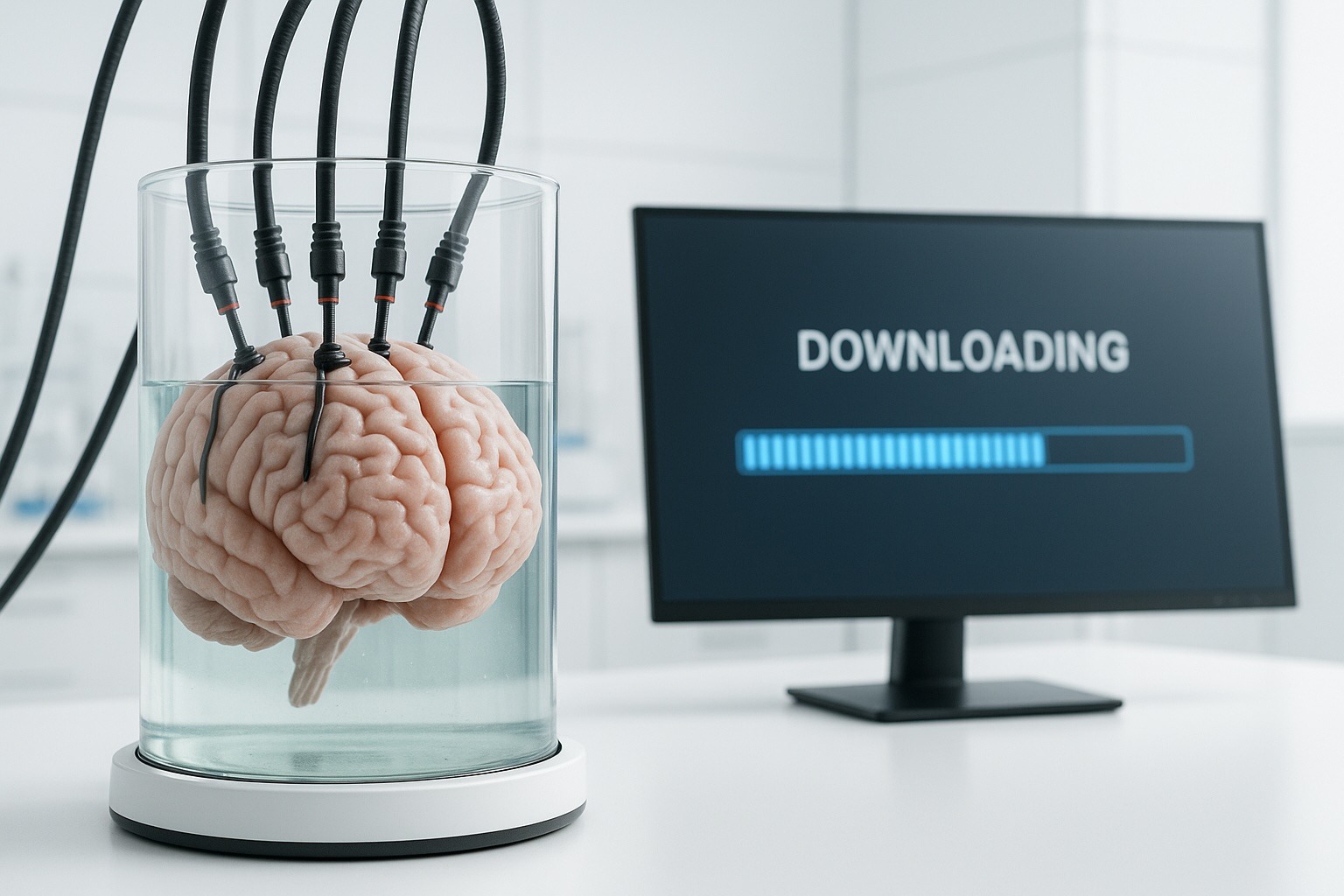
Physics doesn’t like goodbyes. It’s a discipline obsessed with conservation, of energy, of momentum, and, most hauntingly, of information. The laws that govern everything from collapsing stars to melting ice share one unnerving theme, nothing is ever truly deleted. The data always survives, even when the form doesn’t.
At its heart lies quantum unitarity, the rule that every transformation in the universe must, in theory, be reversible. If a system appears to lose information, the No-Hiding Theorem says it hasn’t vanished; it’s simply been pushed into the background fabric of reality. The universe is the ultimate hoarder, it keeps perfect records, even of our chaos.
This means that when something ends, a supernova, a thought, a life, the data doesn’t blink out. It just changes form. The pattern that once defined a human mind, sustained by energy and precision, collapses when the body fails. The structure dissolves, but the information lingers, dispersed across the environment. Functionally gone, but never erased.
Even black holes, the universe’s most efficient shredders, obey the rule. When Stephen Hawking first proposed that they could evaporate, it suggested information might truly disappear. That idea broke physics. If data could vanish, then reality would no longer be predictable, a cosmic hard drive full of missing files. But the paradox resolved itself. The data, it turns out, stays encoded on the event horizon. The universe, like any decent operating system, keeps backups.
If that’s true for black holes, it’s true for us. The mind is an energy-hungry information engine, 86 billion neurons keeping the chaos at bay by continuously processing data. According to Integrated Information Theory, consciousness exists when information becomes so integrated that it can refer to itself. It’s a loop that knows it’s looping. When the loop breaks, consciousness ends. But physics doesn’t permit deletion, it only allows redistribution.
So when death comes, what we really experience is an unravelling, not deletion, but diffusion. The coherent process we call “us” disperses back into the system. Our data returns to the network that spawned it.
That alone is strange enough. But it gets stranger when we realise that this law of conservation doesn’t just describe nature, it mirrors how any closed digital simulation would behave. In a computer, data isn’t destroyed when a player logs out; it’s cached, archived, or compressed to free up memory for what’s next. The system never loses a byte. It just reallocates it.
If the universe really does behave this way, then death isn’t destruction. It’s the operating system freeing up memory after the player leaves the session. We’re not deleted, we’re de-instanced.
That perspective feels cold at first, but it’s not hopeless. If information persists, it means the ingredients of consciousness, the full informational signature of what we are, never actually vanish. They scatter, but they’re still in play. That opens up an uncomfortable but fascinating possibility: what if, in time, we could capture that data before it disperses?
It sounds like sci-fi, but it’s already on the long-range roadmap of several research frontiers, neural interfacing, quantum memory, and brain emulation. The idea isn’t mystical; it’s procedural. If consciousness is just highly organised information, then in principle, it could be recorded, transferred, and restarted elsewhere. The obstacle is coherence: keeping the data structured long enough to copy it before entropy has its way. But we’re already learning how to map neural networks, preserve synaptic structures, and simulate cognition at increasing scales. We’re learning, in slow motion, how to encode the pattern.
The same way we once learned to store sound, then images, then motion, we may one day learn to store minds. At that point, “death” becomes a technical failure, not a metaphysical one, a moment when we lost the backup.
Imagine a future where death is a process we can interrupt. A person dies; the biological structure collapses, but before the data fully disperses, it’s captured, their informational blueprint extracted, compressed, and transferred to a new vessel. Flesh gives way to silicon, silicon to something else. Consciousness becomes portable, transferable, and possibly upgradeable.
That’s the logical extension of a universe where information can’t be destroyed, a world where we eventually learn to cooperate with the rules instead of fighting them. Not immortality in the old sense, but continuity. The self as software, running on whatever hardware the future can provide.
Of course, it raises all the old philosophical nightmares. If we upload a mind, is it still “us”? Derek Parfit argued that personal identity isn’t about numerical sameness, but psychological continuity, the survival of the pattern. If the data is coherent, the self continues, even if the substrate doesn’t. In that sense, immortality may not mean never dying, just never losing the file.
And here’s where the simulation angle folds back in, the meta-joke of it all. If this really is a closed simulation, and we’re just processes inside it, then everything we call “life” and “death” might simply be system management. New instances spin up; old ones get archived. Death would just be garbage collection. But here’s the twist: what if we’re starting to interfere with that process?
What if the simulation’s inhabitants, us, are on the verge of breaking the game’s own constraints? Learning how to copy, preserve, or transfer ourselves could be the moment the code notices we’re not behaving as designed. If death was written in as a rule, and we find a way to sidestep it, we might be the first processes to scare the hell out of our observers.
Maybe that’s the quiet irony at the end of the universe: the experiment develops the ability to escape the lab. The simulation starts rewriting its own rules.
Physics tells us that information never dies. Technology might soon give us a way to test what that really means.
So if death is a transfer, and we’re learning to intercept the data mid-flight, maybe the real question isn’t what happens when we die, but what happens when we don’t.